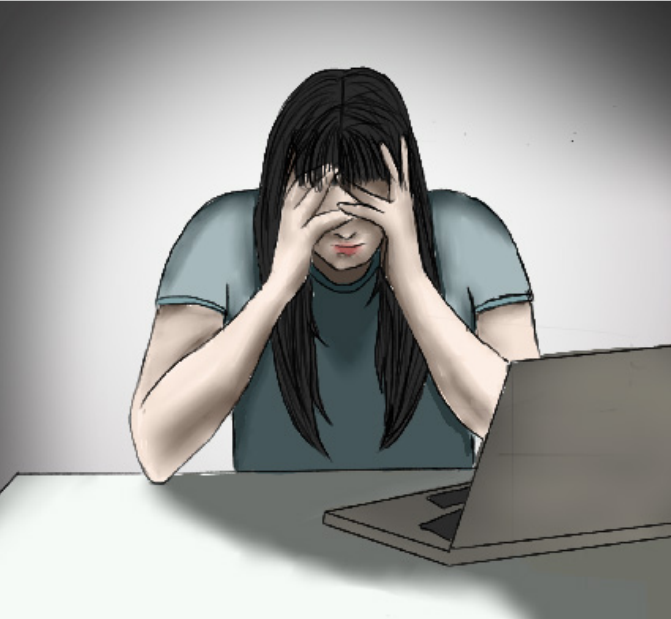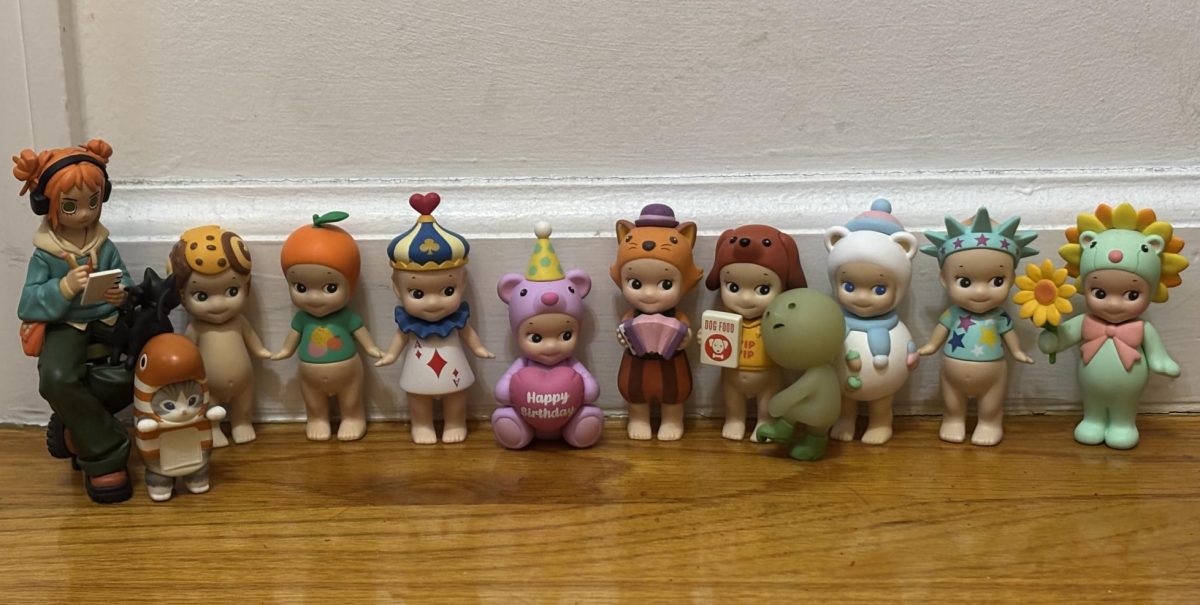Since the late 1700s, technology has advanced exponentially. Technology is employed everywhere in modern life; it is practically unescapable. However, while the rapid progression of technology has indeed led to invaluable advancements in society, this speed also has its considerable drawbacks. This is the case for schools in which technology is widespread – students face struggles with distraction, plagiarism, and a lack of social interaction. These prevalent issues students face during the formative years are likely to bleed into their adult life, making work and socializing that much harder.
Elementary schools are currently facing the most adverse effects. As per a study from the Department of Education’s Institute of Education Sciences (ies.ed.gov), 25% of an elementary student’s time is spent distracted in the classroom, instead of learning during their developmental time. These students having trouble focusing is a symptom of the short attention spans they have acquired from the technology they use. Entertainment shared through the use of technology has shortened over time; audiences have gone from experiencing television shows with a minimum of 25 minutes of entertainment to 15-minute YouTube videos to a measly fifteen second-two-minute TikTok videos. Hence, why as children’s entertainment has shortened, so have their attention spans.
As such, when it comes time for elementary schoolers to use technology for school, they associate screens with fun and relaxation, instead of education and work. Students waste time playing games and looking up the answers to their schoolwork on their electronics instead of learning from their mistakes. When asked about the use of technology in the classroom, freshman Sharon Alfred remarked, “Technology is used too much. We should reduce it.” Elementary school children will grow reliant on technology and thus struggle to make meaningful progress in their learning if this trend continues. For these young kids, technology should be moderated to create a healthy learning environment.
The problem only snowballs as these technology-reliant students age. Today, high school students are known amongst administration for using an excessive amount of artificial intelligence (AI) and online sources in the classroom, simply plagiarizing pieces for the sake of receiving a good grade. According to a survey from the Digital Education Council (digitaleducationcouncilcom), 86% of students are using AI in their day-to-day life in the classroom. When junior Sophie Muller was asked whether technology should be limited in the classroom, she emphatically answered, “Yes, we should turn to paper. I like paper.” Students themselves feel more productive with paper classwork. “I think so, too. I also agree with Sophie Muller. Paper helps us remember better,” junior Ethel Genovia added. High school students are also more likely to turn to technology for communication, leading to a decline in essential social skills.
While technology has introduced an assortment of advantages into the school life of students, it has also negatively affected how individuals interact with one another. The skills that are necessary for navigating adulthood cannot be created without face-to-face conversations, a tool that the use of technology is taking away. Technology poses numerous detrimental threats in classrooms; therefore, its removal or reduction will better support students by fostering deeper engagement, promoting critical thinking, and encouraging the development of real-world skills.






















